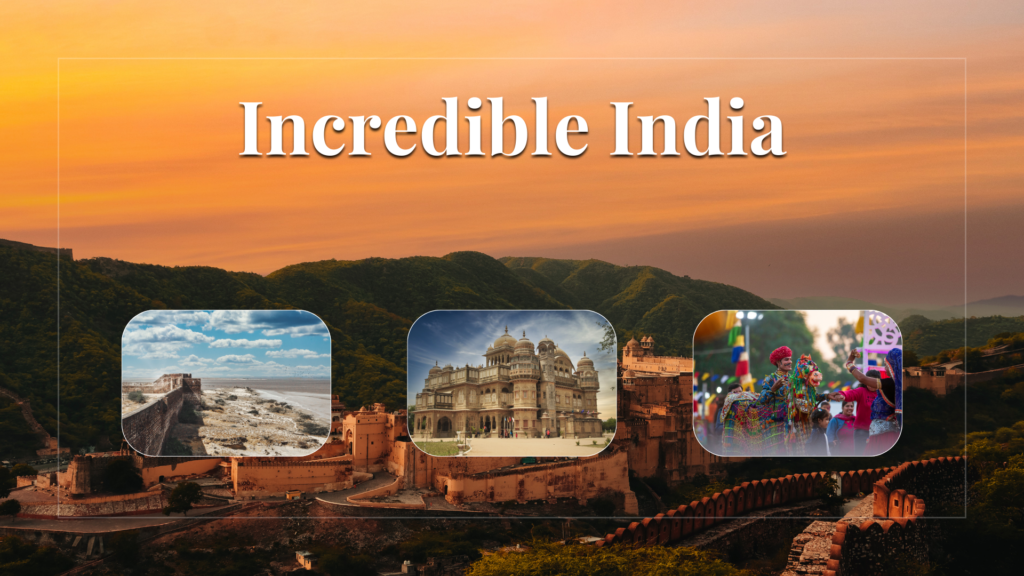
INDIAN FESTIVALS
Indian festivals are vibrant celebrations of culture and tradition. Diwali, the festival of lights, symbolizes the triumph of good over evil, with homes adorned in lamps and colorful rangoli. Holi, the festival of colors, marks the arrival of spring, where people play with vibrant powders and share sweets. Eid brings together the Muslim community in prayer and feasting, emphasizing unity and gratitude. Navratri is a nine-night festival dedicated to Goddess Durga, celebrated with dance, music, and fasting. Ganesh Chaturthi honors Lord Ganesha, with elaborate processions and immersion of idols in water bodies. Each festival paints India’s cultural canvas with diversity and fervor.
Ganesh Chaturthi
Preparations for Ganesh Chaturthi involve elaborate rituals and artistic creations of clay idols of Lord Ganesha. These idols are installed in homes and community pandals (temporary structures) amidst vibrant decorations and offerings. Devotees engage in daily prayers, devotional songs, and aarti (rituals with lamps and incense).
The festival spans ten days, culminating in Ananta Chaturdashi, when the idols are immersed in water bodies, symbolizing the return of Lord Ganesha to his celestial abode. The processions during visarjan (immersion) are accompanied by lively music and fervent chants.
Ganesh Chaturthi promotes unity and spiritual fervor among communities, fostering a sense of togetherness. It also encourages environmental awareness, with efforts to use eco-friendly materials for idol creation. Overall, this festival exemplifies cultural richness, devotion, and a deep-seated reverence for Lord Ganesha in Indian society.
Ganesh Chaturthi is a Hindu festival celebrated to honor Lord Ganesha, the elephant-headed deity, who is revered as the god of wisdom, prosperity, and good fortune. This auspicious occasion typically falls in the Hindu month of Bhadrapada, usually in August or September.
The celebration of Ganesh Chaturthi holds great cultural and religious significance. According to Hindu mythology, Lord Ganesha is believed to be the son of Lord Shiva and Goddess Parvati. He is revered as the remover of obstacles and the patron of intellect and wisdom.
The festival begins with the installation of elaborately crafted clay idols of Lord Ganesha in homes, temples, and community spaces. Devotees offer prayers, perform aarti (rituals involving the waving of lamps), and sing hymns in praise of Lord Ganesha. Special delicacies and sweets, such as modak, are prepared and offered as prasad (sacred food).
The festival culminates with the immersion of the idol in water bodies like rivers or oceans, symbolizing the return of Lord Ganesha to his celestial abode. This ritual, known as visarjan, is accompanied by processions, music, and enthusiastic celebrations.
Ganesh Chaturthi fosters a sense of community, spirituality, and cultural unity among devotees. It serves as a time for reflection, gratitude, and seeking blessings for success and prosperity. Additionally, the festival promotes environmental consciousness, as efforts are made to ensure eco-friendly materials are used in the creation of idols and during immersion.
Overall, Ganesh Chaturthi stands as a joyous occasion that brings people together in reverence and celebration of the benevolent Lord Ganesha